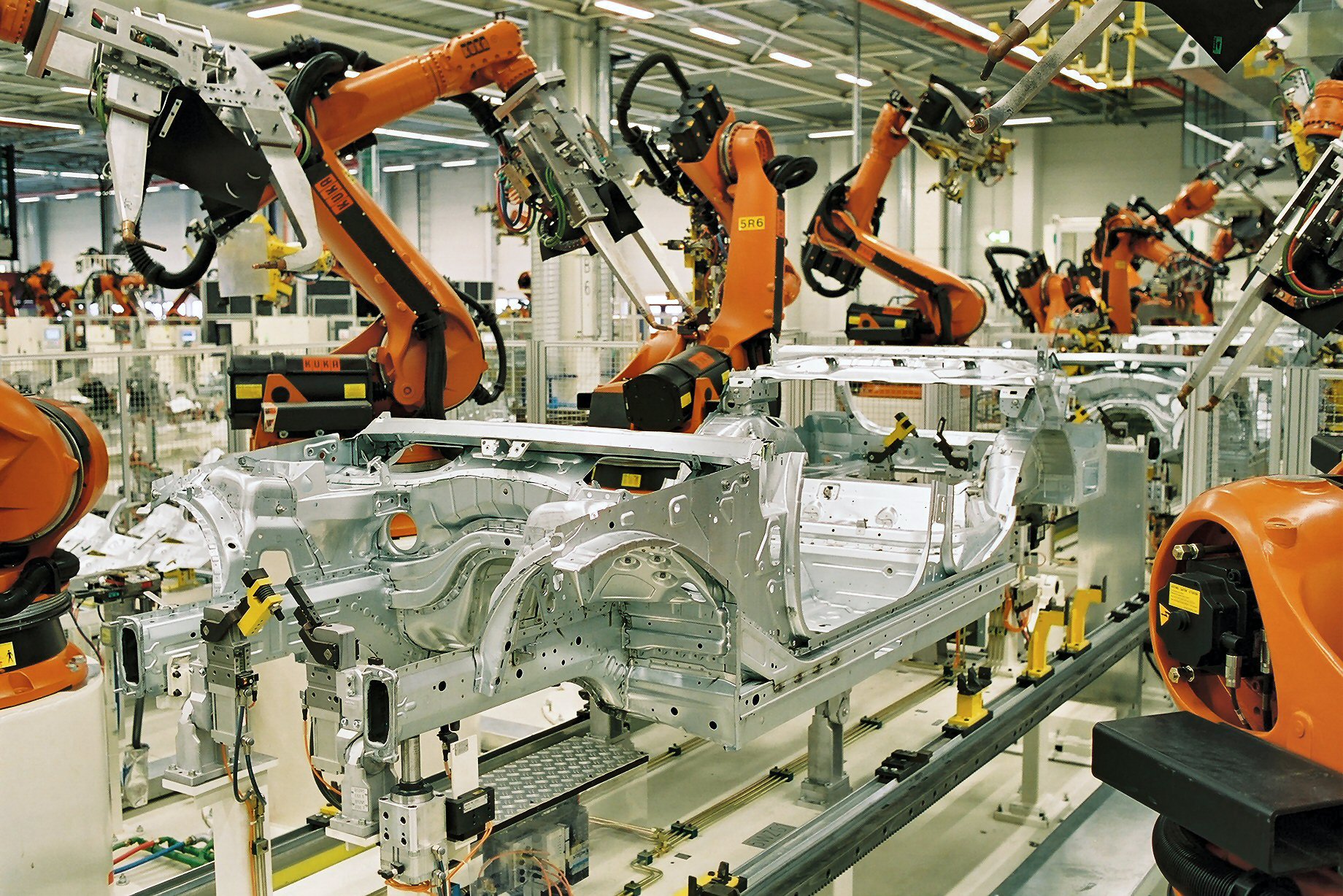The business world is a constant churn of change. Technological advancements erupt at breakneck speed, globalization reshapes industries overnight, and customer demands evolve with ever-increasing complexity. Organizations that hope to thrive in this dynamic environment must prioritize building a future-proof workforce. This workforce isn’t just skilled; it’s adaptable, innovative, and equipped to navigate the unforeseen challenges of tomorrow.
But constructing this ideal workforce presents a number of significant challenges. Let’s delve into the top three hurdles organizations face and explore potential solutions.
Challenge 1: The Widening Skills Gap
A recent report by McKinsey & Company paints a startling picture: a staggering 43% of the global workforce will need to reskill by 2030 to keep pace with automation and technological advancements. This translates to a massive skills gap, a chasm that traditional training methods often struggle to bridge. Lengthy classroom sessions and one-size-fits-all programs simply can’t keep up with the rapid pace of change. AI powered learning platforms can help to personalize and accelerate this reskilling process.
Challenge 2: The Disengagement Dilemma
Compounding the skills gap issue is the challenge of employee engagement. A disheartening 2022 Gallup report indicates that only 15% of the global workforce are truly engaged at work. Disengaged employees are far less likely to invest the time and effort required for continuous learning, further hindering efforts to close the skills gap. Without a motivated workforce, even the most comprehensive training programs will have limited impact.
Challenge 3: The Data Dilemma: Identifying Skill Gaps
Even with a motivated workforce, pinpointing specific skill gaps within a large organization can be a complex task. Without clear data on employee skillsets and industry trends, it’s difficult to target development efforts effectively. Organizations need a way to identify their strengths and weaknesses, not just to address current needs, but to anticipate future ones as well.
Building a Future-Proof Workforce: Embracing Continuous Learning
So how do organizations overcome these challenges and build a workforce that’s ready for anything? The answer lies in fostering a culture of continuous learning. Here are some key strategies to consider:
Microlearning: Ditch the lengthy training programs and embrace bite-sized, engaging learning modules. These microlearning modules can be easily integrated into busy schedules and promote the development of lifelong learning habits.
Personalized Learning: Leverage technology to personalize the learning experience. Platforms powered by AI can analyze individual skill sets and recommend relevant learning content. This ensures employees aren’t bombarded with irrelevant information and can focus on closing specific skill gaps efficiently.
Data-Driven Decisions: Data is king. Organizations need to leverage learning experience platforms (LXPs) that provide valuable insights on employee skills and learning progress. This data empowers HR teams to identify skill gaps within the workforce, measure the effectiveness of training programs, and make data-driven decisions about future learning initiatives.
The Power of Gamification and Social Learning
Keeping employees motivated is essential for successful learning. Modern LXPs incorporate gamification elements, such as points, badges, and leaderboards, to create a fun and engaging learning environment. Additionally, social learning features like discussion forums and collaborative projects foster knowledge sharing and build a sense of community amongst employees.
The Benefits of a Future-Proof Workforce
By embracing continuous learning and implementing these strategies, organizations can reap significant benefits.
Future-Ready Workforce: Employees will possess the critical skillset and adaptability needed to thrive in the ever-changing business landscape.
Enhanced Innovation: A culture of continuous learning fosters innovation and creative problem-solving, leading to a competitive edge in the marketplace.
Boosted Employee Engagement: Engaged employees are more productive, satisfied, and less likely to leave the organization.
Investing in Your People
In today’s dynamic business landscape, a future-proof workforce is no longer a luxury, it’s a necessity. By prioritizing continuous learning, organizations can bridge the skills gap, boost employee engagement, and gain a competitive edge. Investing in your people isn’t just about the bottom line; it’s about ensuring your organization thrives for years to come.
Building a Future-Proof Workforce Beyond LXP Platforms:
While Infosys Wingspan offers a powerful solution, building a future-proof workforce is a multi-faceted approach. Here are some additional strategies to consider:
Mentorship Programs: Pairing experienced employees with new hires can foster knowledge transfer and provide valuable guidance.
External Training Partnerships: Collaborate with universities or training providers to offer specialized courses aligned with industry trends.
Culture of Learning: Create a culture that values continuous learning and development.
Agentic AI can also be used to automatically create personalized learning pathways, and even to simulate realistic work scenarios for training, that would be nearly impossible to provide with traditional methods.









